- Maison Puyvalin
- French Gastronomy
- 0 likes
- 2469 views
- 0 comments
The Evolution of French Bistros: From Classic to Modern
Introduction
French bistros, known for their cozy atmosphere and authentic cuisine, have long been mainstays of French food culture. This article explores how they have evolved from their humble beginnings to become emblems of the culinary modernity that they are today.
Origins of the "Bistrot"
The term "bistrot" is itself an enigma. A popular theory suggests that it derives from the Russian word "быстро" (fast), used by Russian soldiers in Paris during the occupation of 1814 to call for quick service. However, this theory has been discarded due to lack of solid evidence in historical records.
The Transformation of Bistros
In the 19th century, bistros began as simple cafes or taverns that served cheap meals, primarily to the working class of Paris. They were known for their relaxed atmosphere and fast service, where Parisians could eat without formalities. These places not only served food, but also became social meeting points for the working class.
The Golden Age and Diversification
In the 20th century, especially after World War II, bistros began to diversify. Menus expanded to include not only traditional French dishes but also elements of what we now call "bistronomy," a movement that combines haute cuisine with the relaxed atmosphere of the traditional bistro.
Over time, bistros became an integral part of Parisian culture, influencing literature and art, and attracting figures such as Hemingway and Fitzgerald during the 1920s and 1930s.
Traditional Cuisine in Classic Bistros
Originally, bistros offered simple, hearty meals such as onion soup, coq au vin, boeuf bourguignon, and cassoulet, dishes that reflect the essence of French home cooking, using local ingredients and traditional techniques passed down from generation to generation.
Evolution and Modernization of Menus
Over time, especially from the 1970s and 1980s, bistros began to incorporate elements of nouvelle cuisine, which emphasized lighter dishes and artistic presentations, marking the beginning of the fusion between traditional and modern.
Emblematic Examples Through Time
- Le Procope (Paris): Founded in 1686, recognized as the oldest bistro in Paris, which served as a café where literary and philosophical figures met.
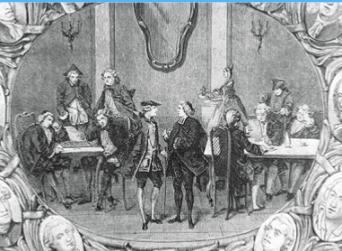
- La Coupole (Paris): Opened in 1927, famous for its Art Deco interior and for being a meeting point for artists and writers.
- Bistrot Paul Bert (Paris): Known for preserving the authenticity of bistro cuisine with a focus on high-quality ingredients and traditional dishes.
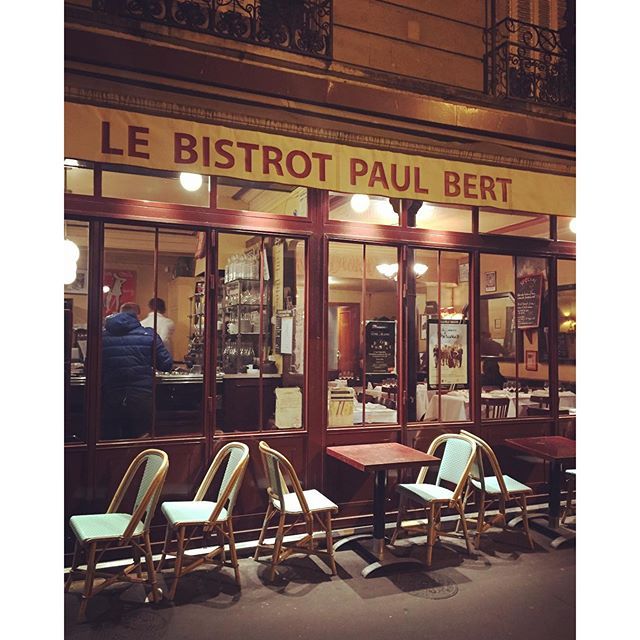
- Chez Janou (Paris): Example of a modern bistro serving classic Provençal dishes in a casual and charming atmosphere.
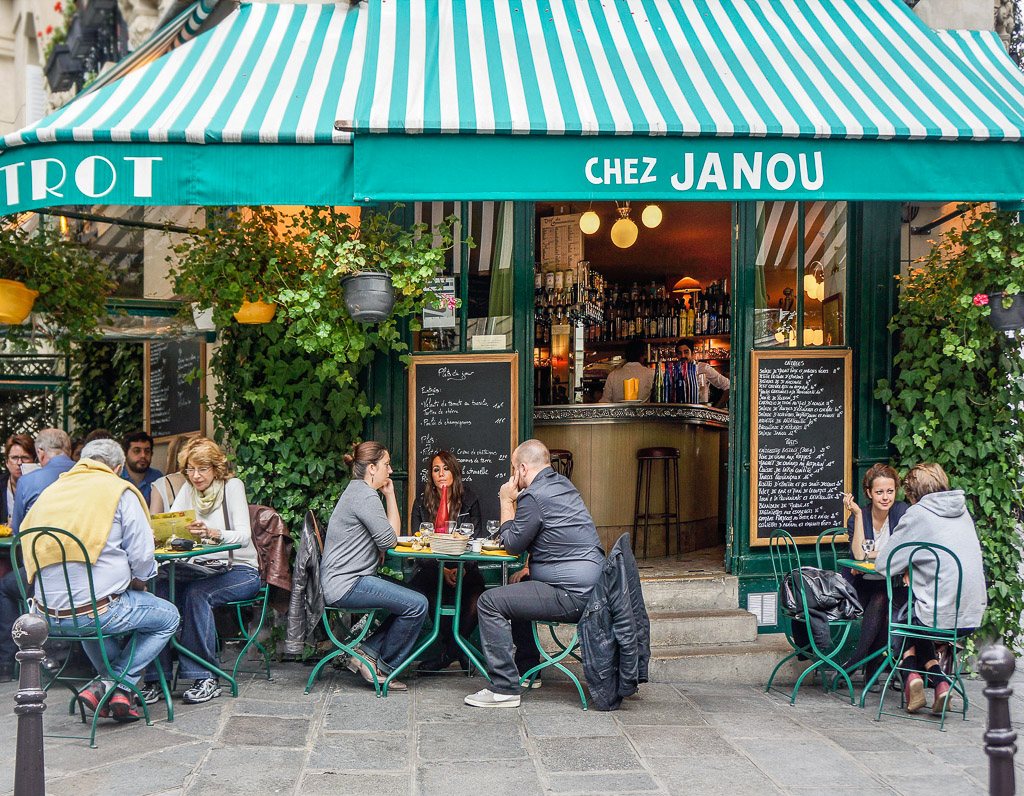
Conclusion: A Continuing Legacy
Bistros in France are a narrative of adaptation and persistent charm, which have managed to reinvent themselves to maintain their relevance in the competitive world of gastronomy, fusing tradition and modernity.
These places are not just feeding points; They are cultural institutions that celebrate life, food and community, constantly adapting to satisfy and delight new generations of diners.
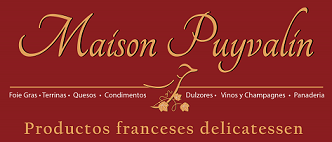
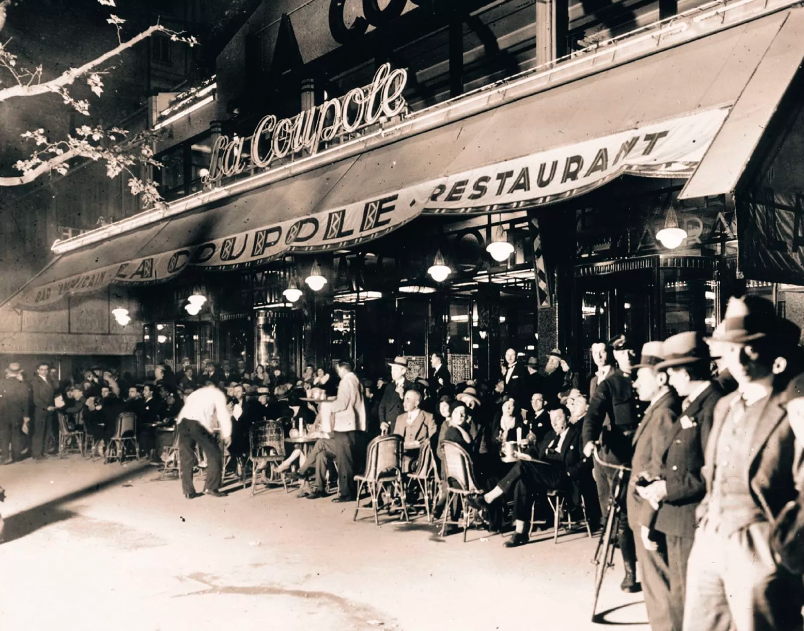
Comments (0)